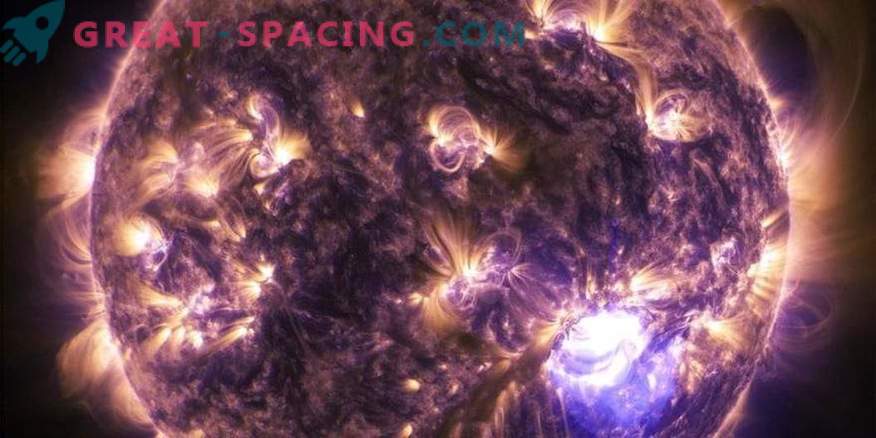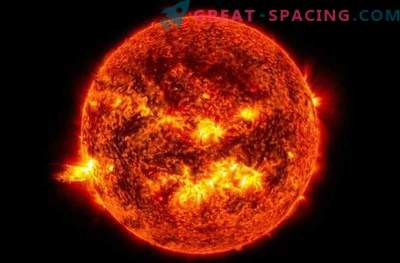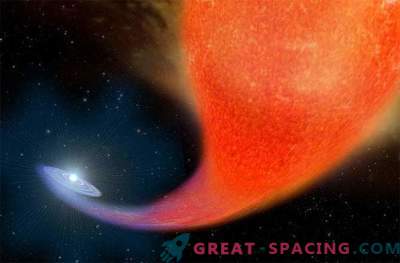
The topmost solar layer is slowing down, and astronomers believe that the special theory of relativity is to blame.
Although the Sun is the nearest star, it still hides many secrets. But one mystery may remain in the past. The theory proposed in 1905 by Albert Einstein will help in this.
20 years ago, solar researchers realized that the upper layer rotates more slowly than the rest. This is strange. It is known that rotation occurs faster at the equator than at the poles (“differential rotation”), but it is difficult to accept that the sun has such a flaccid upper layer. It’s like some kind of force trying to keep it in place.
Now scientists from the University of Hawaii Institute of Astronomy in Brazil and Stanford University may have stumbled upon the answer. It all comes down to fundamental physics. It seems that sunlight produces a braking effect on the surface layers.
“In the near future, the sun will not stop. But we found that the radiation that heats the Earth suspends the Sun because of the special theory of relativity, ”said Jeff Kun. The theory predicts that photons that carry electromagnetic force (light) also contain a small amount of momentum. If you have enough photons coming from the object, then they bring more pulses. In the case of a 4 billion-year luminary, the surface has lost a lot of momentum, causing braking of the top 5%. This mechanism, called the Poynting-Robertson effect, is observed in interplanetary dust that senses the resistance of solar radiation, causing it to fall from the Belt of asteroids into the solar system.
What affects the dust, it inevitably affects the cocktail of hot gas in the upper layers. And the resistance from photons creates a mysterious effect.
Using data made over several years by the Solar Dynamics Observatory (DSO), scientists measured waves to accurately track the slowing-down portion. This method (“helioseismology”) is similar to earthquake measurement. The material of these seismic waves passes through changes in the waves, so seismologists can “see” under the ground.
The sun is not a solid planet made of stone and metal, but its internal plasma also allows the waves to travel, creating vibrations on the surface that can be traced. Therefore, helioseismology allows researchers to “see” our star, revealing details about its interior. With its help and using the data on the magnetic field, we will be able to estimate how much resistance the special theory of relativity is on the surface of the Sun. “This is a minor point slowing down the process. But over 5 billion years, it has noticeably influenced an outer 35,000 km (22,000 miles), ”Kuhn said.
Using the Sun as a laboratory for other stars, Kuhn's team believes that a similar effect occurs on all objects and can have a strong influence on stellar evolution. Solar astronomers are interested in understanding how solar slowing affects its magnetic field. Since magnetism affects space weather (solar flares and coronal emissions can interfere with the operation of satellites and power grids), this research can play a key role in understanding the solar effects on the Earth.











































